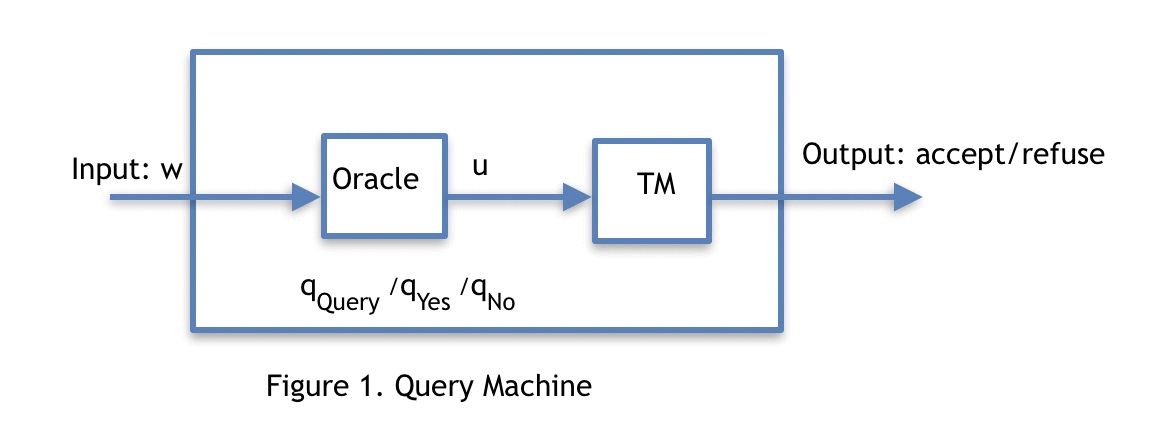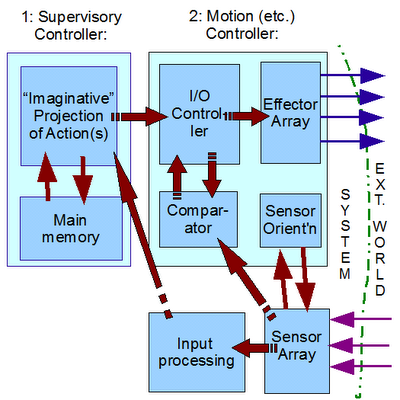Here is an example of how numbers can give us hard puzzles:
The obvious point, for the naturals is that 3n + 1 converts an odd to an even and division by two pulls out an odd factor or else gets into the chain of powers of two, which has precisely one odd member, 1.
Where, of course, conveniently, 3 * 1 + 1 is 4. Thus the halting loop. (The negatives bring in other loops on their side of zero.)
So, the [pseudo-?]algorithm — does it always halt? — is searching for the ladder of powers of 2. Find it and you halt, fail and you explode into a halting fail. Or, is there another loop in the positive integers? Or, what?
What this reminds us, is how structured numbers are and how challenging stepwise procedures on numbers are. That points to issues with computationalism on a blindly programmed and organised substrate as dominant narrative of the mind.
Ponder the alternative: the mind is an oracle. As in:

This shifts the framework of a Turing Machine. Wikipedia summarises:
An oracle machine can be conceived as a Turing machine connected to an oracle. The oracle, in this context, is an entity capable of solving some problem, which for example may be a decision problem or a function problem. The problem does not have to be computable; the oracle is not assumed to be a Turing machine or computer program. The oracle is simply a “black box” that is able to produce a solution for any instance of a given computational problem:
A decision problem is represented as a set A of natural numbers (or strings). An instance of the problem is an arbitrary natural number (or string). The solution to the instance is “YES” if the number (string) is in the set, and “NO” otherwise.
A function problem is represented by a function f from natural numbers (or strings) to natural numbers (or strings). An instance of the problem is an input x for f. The solution is the value f(x).
An oracle machine can perform all of the usual operations of a Turing machine, and can also query the oracle to obtain a solution to any instance of the computational problem for that oracle. For example, if the problem is a decision problem for a set A of natural numbers, the oracle machine supplies the oracle with a natural number, and the oracle responds with “yes” or “no” stating whether that number is an element of A.
As numbers can code for anything [think, Binary codes], this is broadly applicable.
Oracles can know [intuitively?], can guess, can learn, can obviously err, but they decide in effectively one step once they find themselves ready. They can of course also refuse or hesitate, leading to defaulting behaviours that may be grossly sub optimal.
So, let us again look at the Smith cybernetic loop model of embodied self-direction with freedom, from that perspective, with the supervisor being an oracle:

Food for thought. END